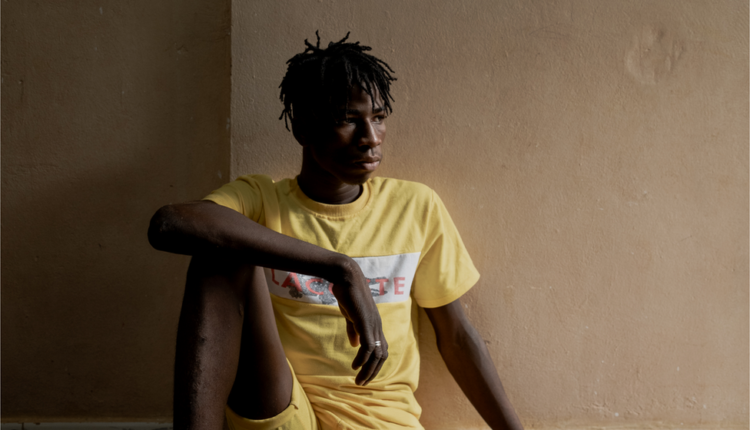Adama and Moussa Sarr had lost track of the exact number of days they had been at sea.
The brothers were drifting somewhere off the coast of West Africa, in a traditional Senegalese fishing canoe known as a pirogue. They were two of 39 passengers in total – all malnourished, many close to death.
When a fishing vessel appeared in the distance one day, Adama, 21, was so weak he could only stare, he said. Moussa, 17, slipped into the water to swim.
He would almost certainly have drowned, had the fishing crew not spotted him in the water and plucked him to safety.
When they drew alongside the pirogue, they found Adama and the rest of the survivors and seven bodies. The pirogue had set out from Senegal five weeks earlier, with 101 souls on board.
The survivors had drifted hundreds of miles on one of the most dangerous migrant routes in the world – the North Atlantic sea passage from Senegal to the Canary Islands, a Spanish archipelago about 1,000 miles away by sea.
They had left on 10 July, from the coastal village of Fass Boye. Adama and Moussa came from a long line of fishermen in the village. The boys learned to fish together and worked a pirogue together.
But like many young people in Senegal, they felt the pull of Europe. “Everyone wants to go on the boats,” Adama said. “It’s the thing you’re supposed to do.”
He was sitting in the shaded courtyard of a family home, safely back in Senegal but noticeably thinner than before. The journey had begun at dusk, he said. He and Moussa, along with two cousins, Pape and Amsoutou, aged 40 and 20, joined the pirogue a little way off the coast as it set off into the night.
Unlike the Mediterranean, there are no patrols on the North Atlantic route – no-one proactively searching for lost or distressed boats. It is easy to founder without being seen. If you miss the Canaries, or Cape Verde, you can drift into the Atlantic and disappear.
For the first three days, Adama and Moussa’s pirogue, powered by an outboard motor, battled against strong headwinds. But on the fourth day, the wind died down and the boat began to progress, Adama said. The passengers believed they had only a few more days at sea.
When the sixth day passed with no sight of land, an argument erupted over whether to push on or turn back.
“The captain ruled that we should push on, because we had enough food and water and the wind was quiet,” Adama said.
The passengers grew confident again and began to eat lots of food, he said, and they used drinking water to wash their hands for prayers.
It was around day six that the food and water began to run out. There were four children on board, and some older people gave the last of their food to the young. Some hoarded even after people began to die.
Adama couldn’t remember the exact date of the first death, but it was shortly after the first week passed, he said – a fishing captain, used to being on the water but not young. It was six more days until the next person died. Then the deaths came every day.
“At first, we said a prayer for each dead person and laid their body onto the ocean,” Adama said. “Then later we just threw the bodies into the water because we didn’t even have the energy to pray. We just needed to get rid of the corpses.”
Source: BBC


Comments are closed.